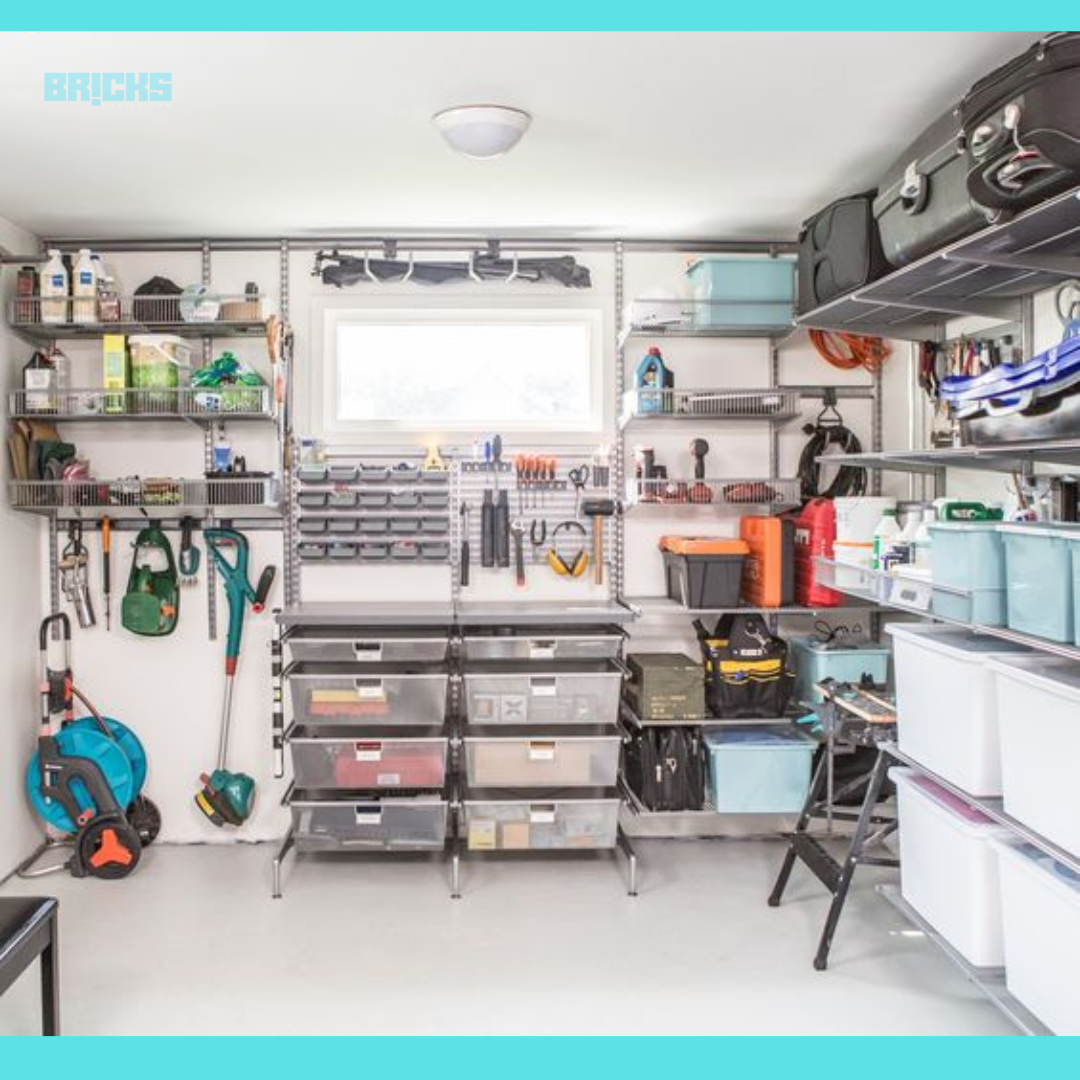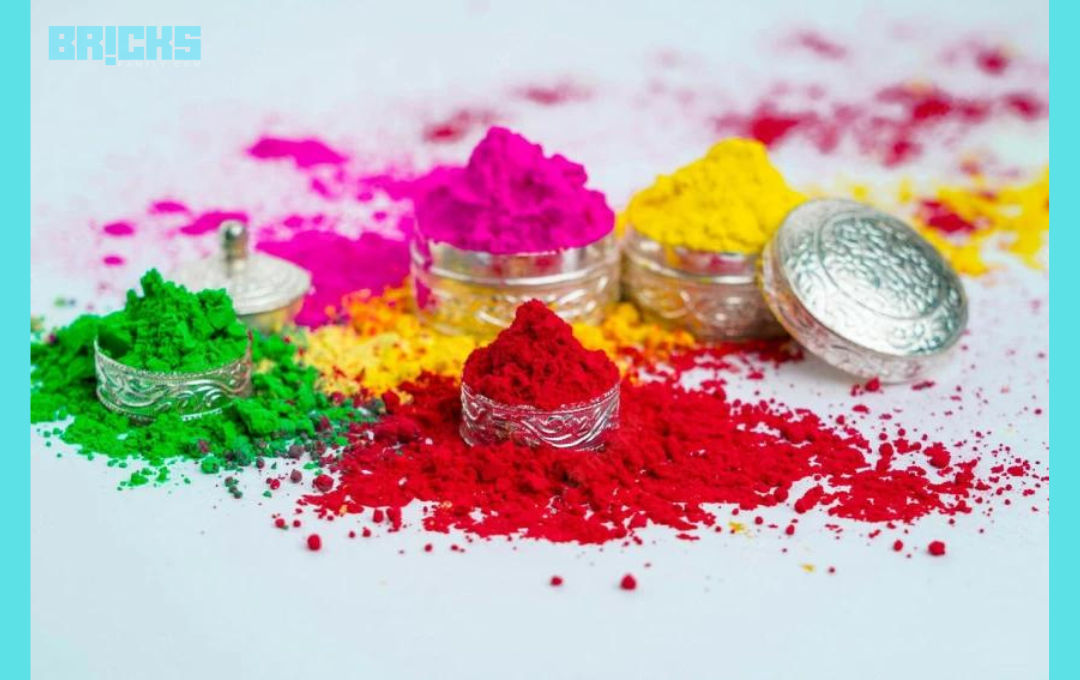One of the simplest plants to grow at home is aloe vera. Although they look lovely inside and out, growing them at home is not just for aesthetic purposes. Plants such as aloe vera have gel in their leaves, which can be used for various things, and the plant has several advantages. Let’s have a look at Aloe Vera Plant – Benefits and Care | 12 Tips to Grow Aloe Vera Plants.
Having a few of these gorgeous plants growing at home is always beneficial. The gel can encourage weight loss, heal minor burns and wounds, soften and shine your hair, and cure minor burns and wounds. To ensure that the plant grows and thrives, you should follow some care instructions.
Here are 12 fantastic suggestions for cultivating and caring for your aloe vera.
12 tips for Growing your Aloe Vera Plant
1. Place your aloe vera plant in full or partial sunlight
Although you may grow aloe vera inside, it does best if it gets daytime sunlight. You can either leave it on the window sill, which receives some indirect sunlight or keep it on the patio or balcony for an hour or two. The plant will still live without sunlight, but it won’t develop as quickly as you would like.
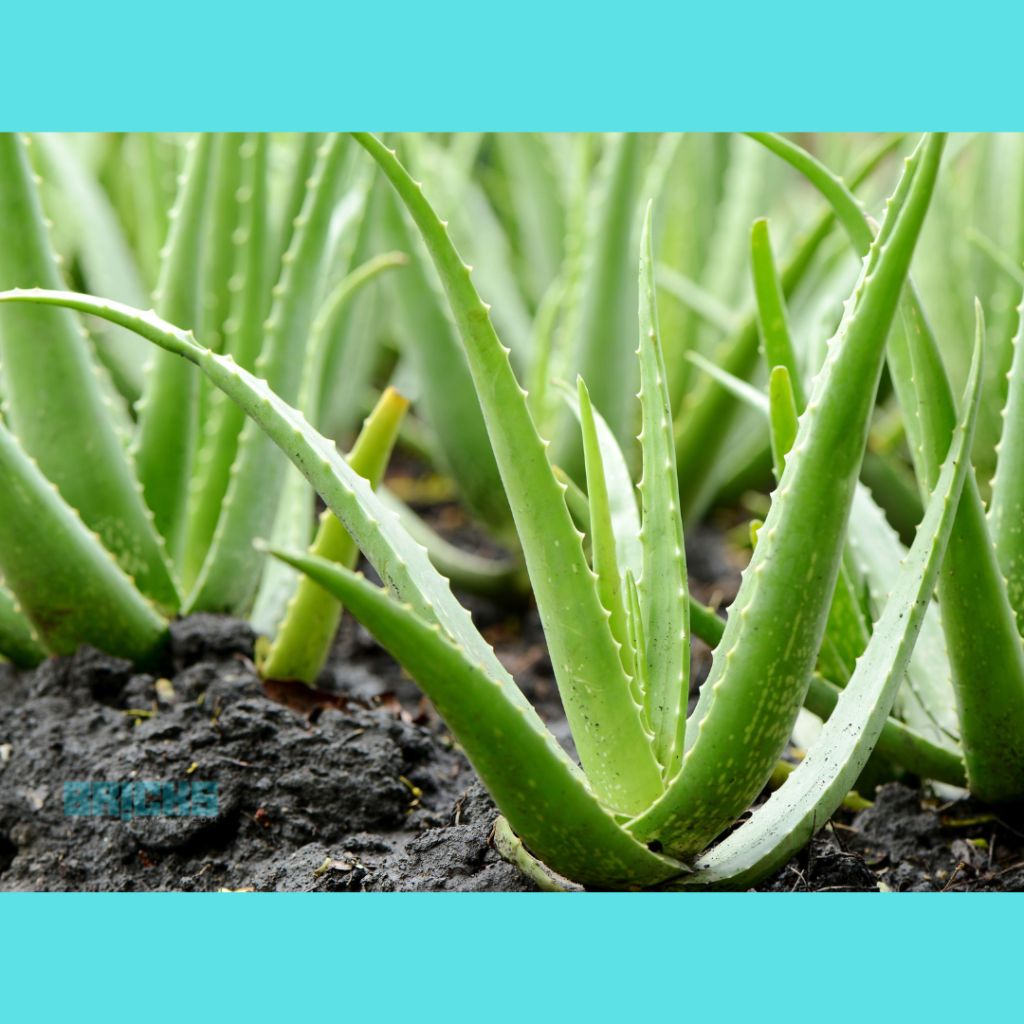
2. Watch out for pups and replant them
Did you know that the aloe vera plant in your home occasionally produces pups (baby aloe vera plants)? These are frequently left to develop alongside the mother plant. The container will eventually become too small for all the plants to grow simultaneously, and you will notice the leaves shrinking or becoming sickly.
Make sure to take out these baby pups and place them in a new container. They can be distributed to relatives and friends as well. Depending on the size of the container, make sure there are no more than 1-2 aloe vera plants per pot.

3. Overwatering can ruin aloe vera plant care
Overwatering is a concern to be constantly aware of when caring for aloe vera plants. Almost no irrigation is required for aloe vera plants. Because the leaves contain a watery gel, they are remarkably resilient to heat and dryness. Yellowing of the foliage, droopy leaves, mushy leaves, and stains on the leaves are a few symptoms of overwatering. If you see these symptoms, place the plant in direct sunlight and refrain from watering it for at least a week. Let the plant grow by removing all the damaged leaves.
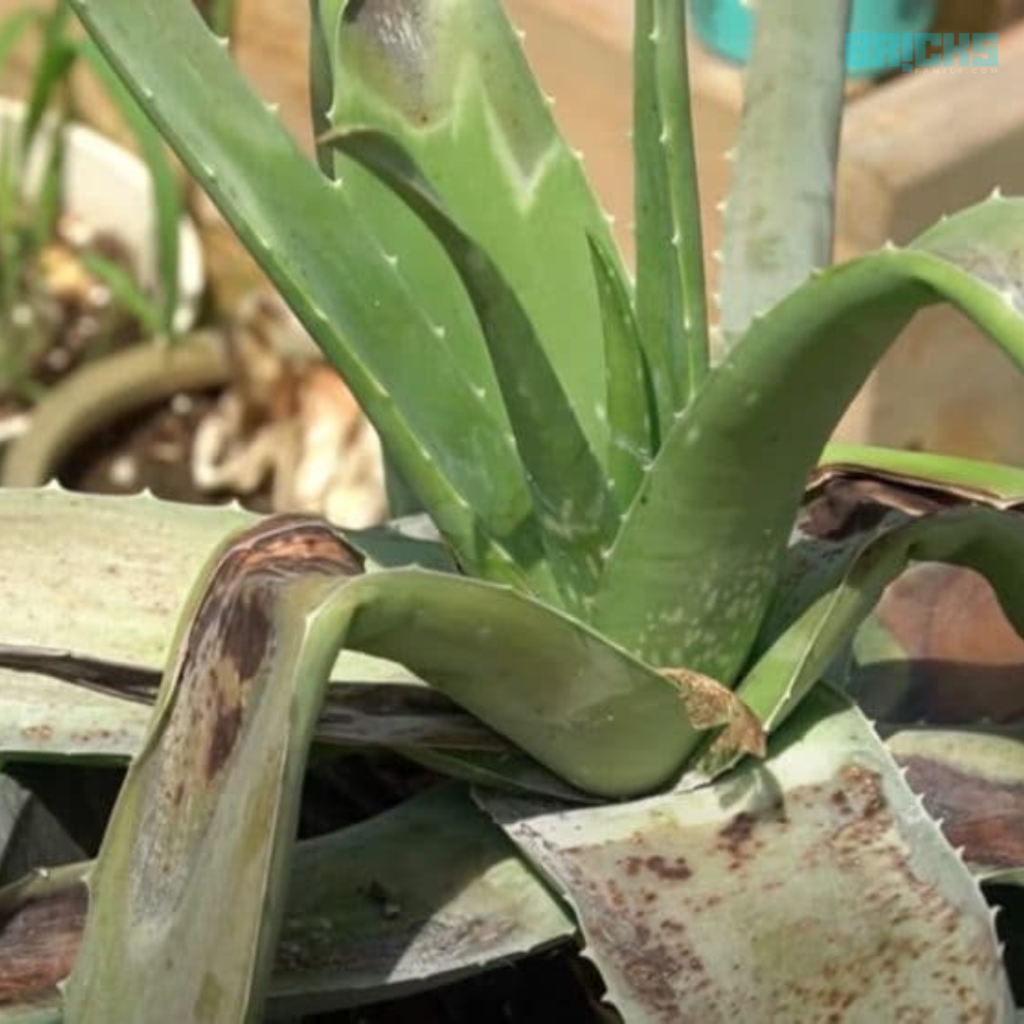
4. Underwatering can ruin aloe vera plant care too
In addition to overwatering, another issue with aloe vera plant maintenance is underwatering. Dry ends in leaves, leaf shrinkage and rough, dry spots on the leaves are a few indicators of underwatering. Underwatering may occur when a plant is watered less frequently than once per week throughout the summer. You can examine the soil to see if it has been submerged. Start watering a little more if it is thick and crunchy.
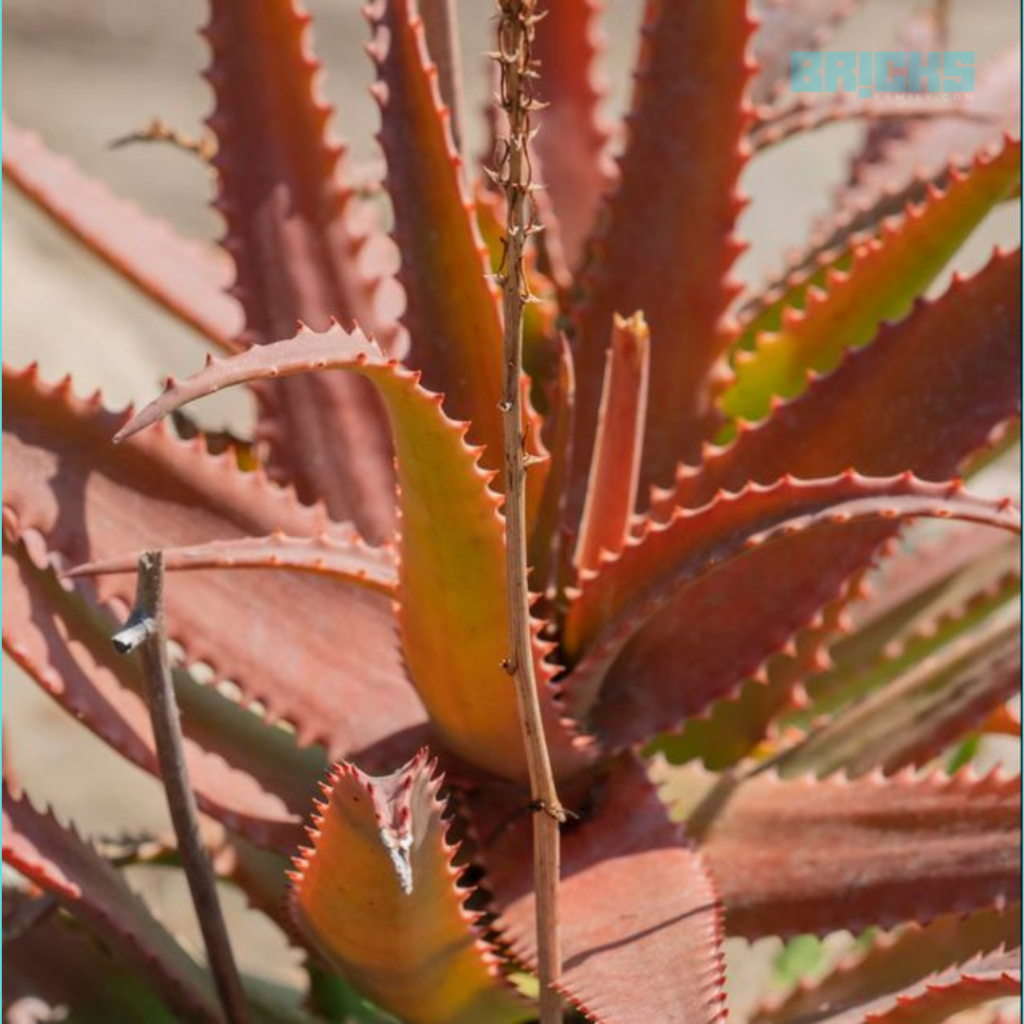
5. Harvesting aloe vera plant leaves
You can begin picking the leaves whenever your aloe vera plant grows properly and puts out more leaves. Mature leaves should be harvested to allow the younger ones to grow. Harvest the thicker, slightly yellow/brown leaves at the extremities of the plant.
Aloe vera plants have countless health advantages for people. The fresh gel can be incorporated into your skincare routine or used to make smoothies.

6. Growing aloe vera plants outdoors
Aloe vera plants can flourish in the open air as well. The plant requires very little maintenance, and you don’t need to bother replanting pups or shifting them toward the sun. Water drainage is the only issue to be concerned about. The plant may soon turn yellow and die if there is standing water in the soil. Therefore, ensure that the earth has enough drainage.

7. Pick the right variant of the aloe vera plant
Did you know there are numerous varieties of aloe vera plants? Each variation has a different leaf size, coloration, and need. Aloe species widespread in India include snake aloe, sunset aloe, zebra aloe, red aloe, and shortleaf aloe. Visit a nursery to see these options in person before deciding.
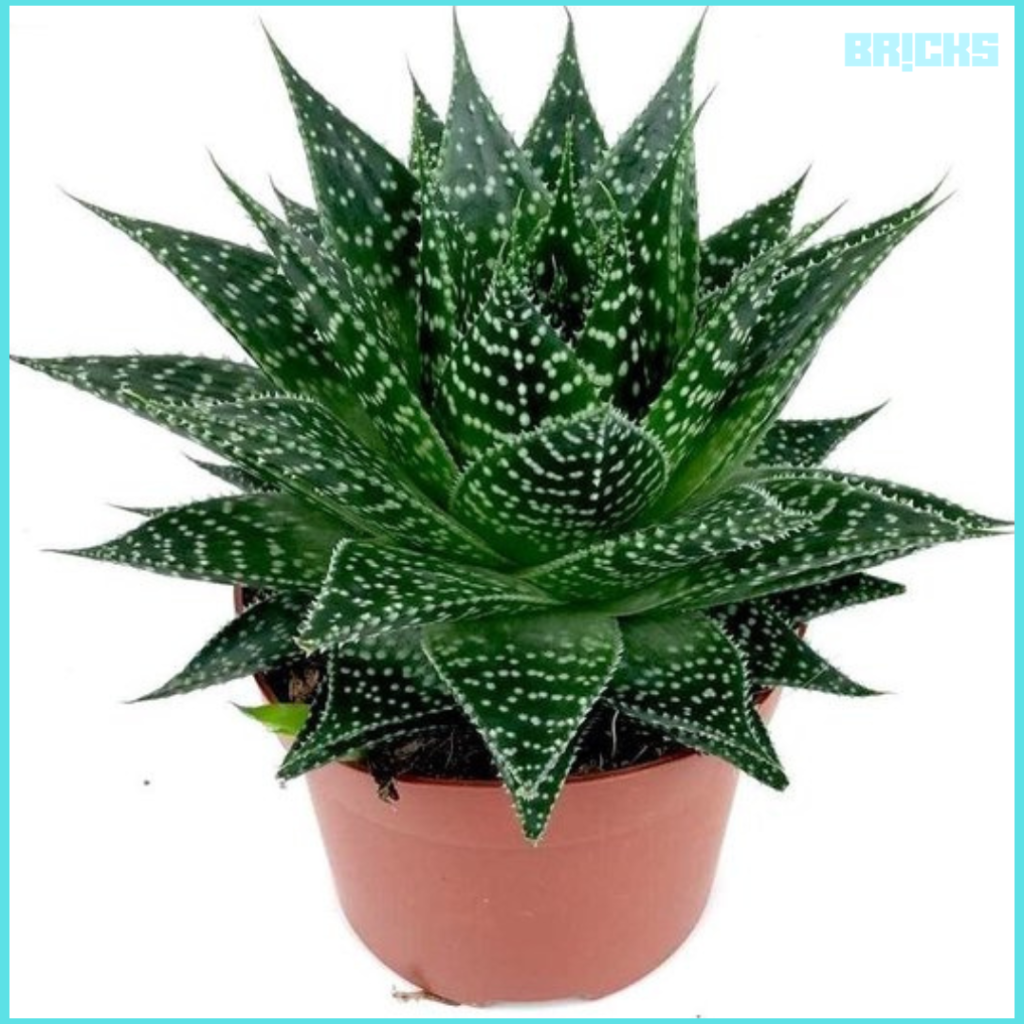
8. Enjoy aloe vera plant flowers
You might be astonished to find flowers on your aloe vera plant once it reaches maturity! These flowers are lovely and keep themselves fresh for a very long time. As long as the flowers are healthy and in bloom, you can enjoy them. Cut the colors off at the end, close to the stem, as soon as you notice they are browning or drooping. By doing this, the soil’s nutrients won’t be consumed by the blossoms, allowing the leaves to flourish.
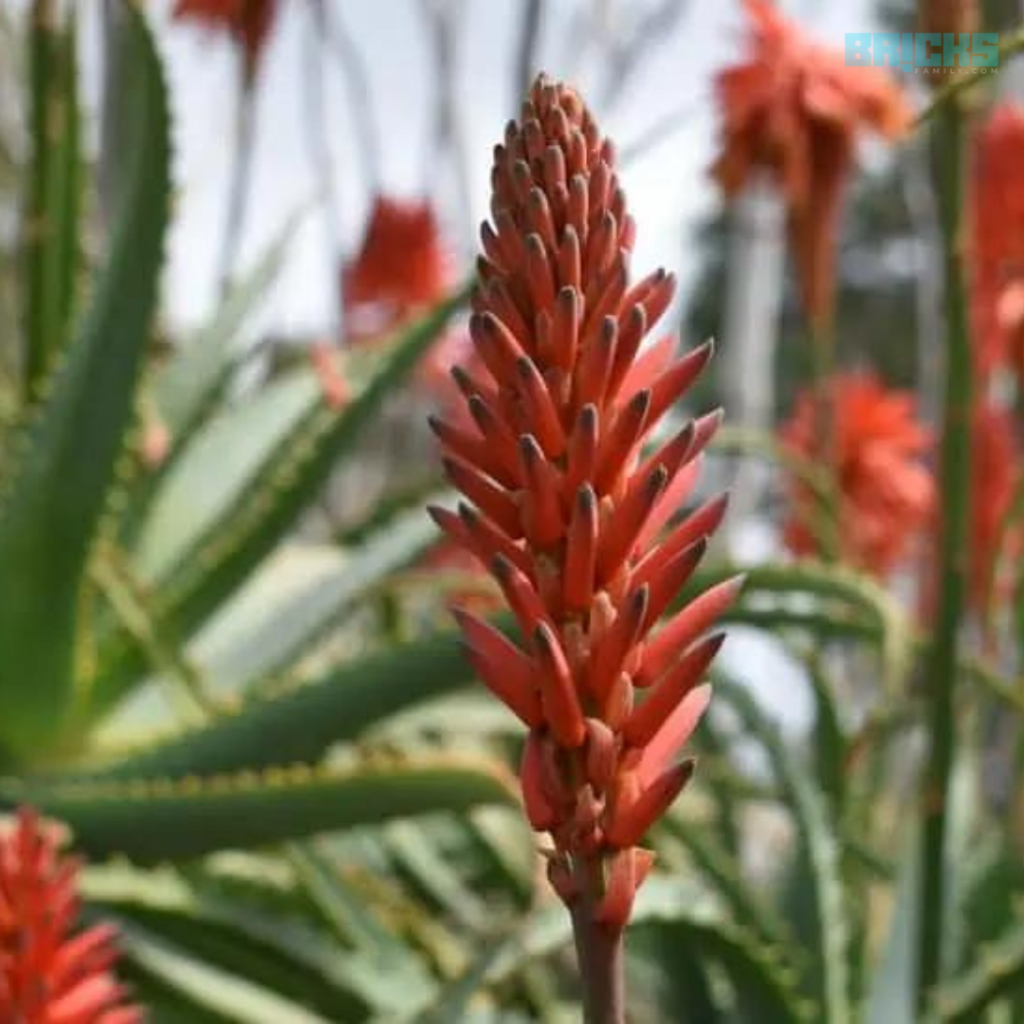
9. Aloe vera plant care indoors
Many individuals want to grow aloe vera plants indoors but need help. Your indoor aloe vera plant care may fail for several reasons. Let’s begin with little to no sunlight and excessive watering. The plant can quickly wither as a result of this mixture. The location of the plant may be the next factor. Although the plant enjoys moderate sunlight, direct heat reflected off glass windows might harm the plant. When positioning the plant near windows, keep this in mind.

10. Aloe vera plant soil mix
Do you desire a happy, healthy aloe vera plant in your home? Do you want the leaves to look beautiful, juicy, and healthy? The proper soil mixture should then be purchased. The ideal soil combines garden soil, coco peat, and fertilizer. The soil must be loose enough for the roots to spread out and develop properly.

11. Offer your aloe vera plant the right nutrients
Aloe vera plants don’t require much care. Unlike other indoor plants, they won’t need fertilizer every few months. They do, however, enjoy the rare nutrients that they receive. According to experts, the correct amount of a water-based phosphorous nutrient can be used once or twice a year to give your plant a growth advantage.
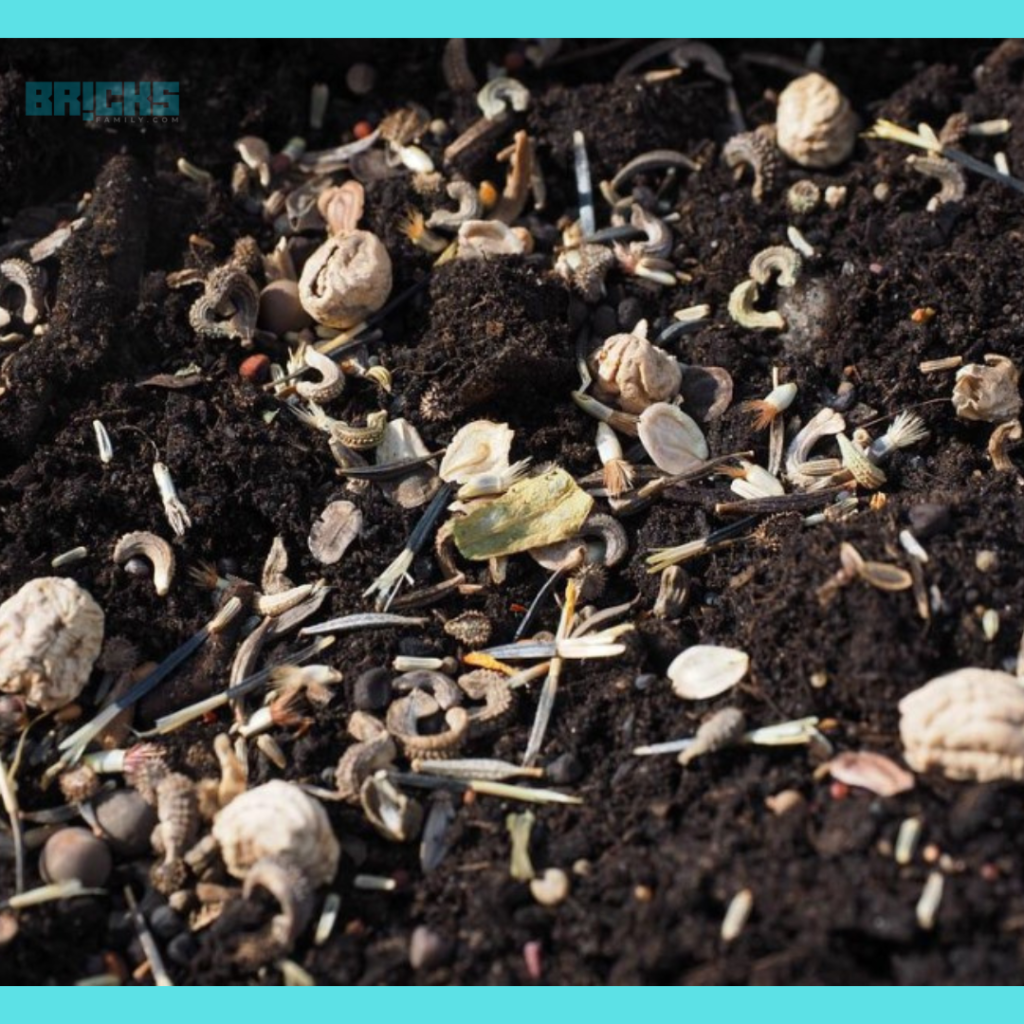
12. Monitoring is important for aloe vera plant care
Regular plant monitoring and good care are essential for aloe vera plant maintenance. To recognize when a plant has a problem, you must be very familiar with it. Touch, feel, and look at the leaves to inspect them. Please eliminate insects and plant pests as soon as you identify them. Look for indicators of over- and under-watering as well as inadequate or excessive sunshine. You’ll watch your aloe vera plant develop well if you treat it like a baby.
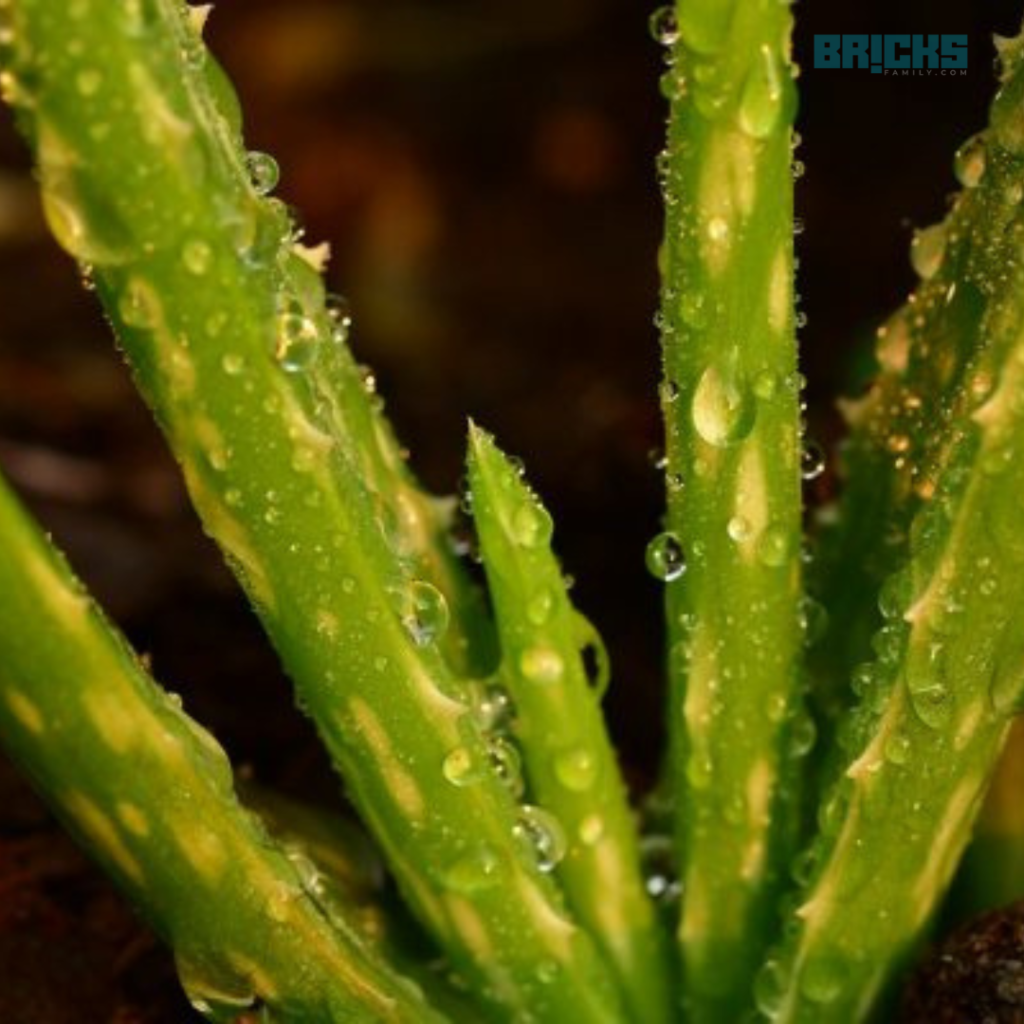
Aloe Vera Plant Home Decor ideas
You will soon have many of these plants flourishing in your home once you start repotting young aloe vera plants. Now you can begin using them to adorn your home elegantly. Showcase your plants in beautiful planters in the living room or bedroom. The room can look fantastic with green plants all around and white furniture.
Remember that the smaller the planter, the smaller the plant will grow. Use larger pots if you want your plant to flourish.
Top 5 Aloe Vera Plant Benefits you should know
Aside from their numerous benefits, aloe vera plants are an excellent choice for home cultivation. The gel obtained from the leaves has several benefits. In this blog, we have studied Aloe Vera Plant – Benefits and Care | 12 Tips to Grow Aloe Vera Plants.
- Aloe vera gel can be used to treat minor burns, skin rashes, wounds, and other skin infections.
- Aloe vera gel is one of the best natural moisturizers that can be applied all over the skin.
- Fresh aloe vera gel (obtained from edible aloe) can be made into smoothies and consumed to prevent the body from overheating.
- Aloe vera gel can be mixed with oil and applied to the hair and scalp. This will make your hair strands smoother, silkier, and healthier.
- Aloe vera gel can be applied on under-eye areas to prevent dark circles and eye puffiness.
Conclusion to Aloe Vera Plants
An aloe vera plant is one of the loveliest plants you can cultivate indoors or outdoors. You should keep at least one aloe vera plant to extract the fresh gel and utilize it for healing and treating bodily ailments. Furthermore, aloe vera plant maintenance is simple and hassle-free, which is another reason even novice gardeners can succeed in growing these plants.
Also Read: Snake Plant – Care, Types, Benefits | Propagation of Snake Plant
Similar Topics: 10 Modern Balcony Decor Ideas for your Home










